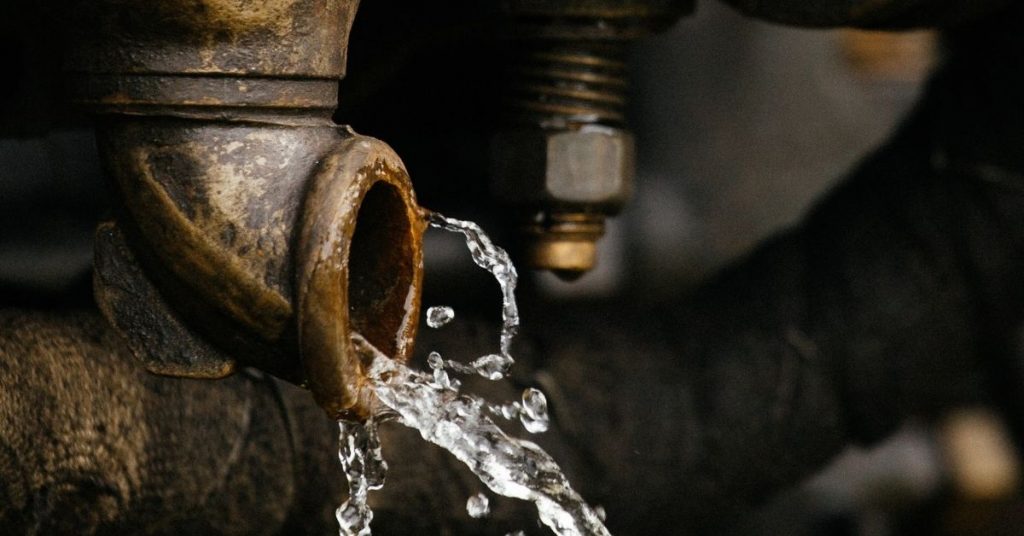Share

- What is a Cross Connection in Plumbing
- How to avoid cross connections in plumbing
- Use a commercial-grade backflow prevention device
- Make sure you use the right type of pipe and fittings
- Use only approved devices and appliances
- Use only approved repair parts
- Ensure there is continuity between cleanouts and vents
- Use only air gap devices for water heater connections
- Ensure there is no direct connection from irrigation systems or rain gutters to your plumbing system
- Ensure your piping material covers are intact
- Ensure your system is properly grounded and bonded
What is a Cross Connection in Plumbing
A cross connection is a plumbing term that refers to two different water sources accidentally connecting, and the potential for contamination.
When you first think about it, this problem seems like an easy one to solve: all you have to do is look at your pipes and make sure they aren’t crossed! But there’s actually more than meets the eye. A lot of times, people might not even know they have a cross connection because it can happen internally in their plumbing system or outside on their property where nobody else can see it.
How to avoid cross connections in plumbing
Here are some ways on how you can avoid cross connections in plumbing:
Use a commercial-grade backflow prevention device
The use of this kind of equipment can help avoid cross connections and the costs associated with installing them. These devices are specially designed to prevent contaminated water from entering your potable water supply by creating an air gap between the two systems.
Make sure you use the right type of pipe and fittings
Different pipes will require different types of installation. You should be aware that some materials like steel cannot make a gas-tight connection with other metals such as copper or galvanized iron, because they tend to corrode when in contact for long periods. Therefore it is important that you know the difference between these kinds of piping before making any connections.
Use only approved devices and appliances
Only appliances manufactured for use on potable water systems and that carry the NSF certification should be used. This will ensure their suitability for connection to a water supply system and compliance with plumber’s installation standards as well as state plumbing codes.
Use only approved repair parts
Make sure you use repaired joints, fittings, or valves if they are made of a material compatible with your piping materials such as steel, copper, or brass. Never substitute them during an emergency because this may lead to problems in the future when it comes time to do repairs later on.
Ensure there is continuity between cleanouts and vents
It is important that drains have uniform pipe slopes so that waste can flow freely without any obstruction from one drain point to another at least every 20 feet (about six meters).
Use only air gap devices for water heater connections
It is important that these appliances are installed with adequate space between the appliance and the flood level rim.
The spout should also extend at least one inch below overflow level to prevent backflow into the potable hot-water system in case it ever becomes contaminated during a flood.
Ensure there is no direct connection from irrigation systems or rain gutters to your plumbing system
Make sure you use all available means such as downspouts, landscaping drainage techniques, etc., so that any surface water does not drain directly into your wastewater, especially if they have been fertilized because this can send debris downstream causing damage on its way.
Make sure the water source is suitable for drinking
The public should be confident that any potable hot-water system has an adequate safe, and reliable water supply.
This will also protect them from health problems caused by bacteriological contamination or corrosion in case there’s a sudden change in the quality of their existing service.
Ensure your piping material covers are intact
Any exposed pipe should have its protective covering, especially if it has been used before to avoid rusting onto surfaces like floors where it can cause slip hazards or interfere with electrical appliances.
It is important that these devices are accessible so they can easily be disconnected when necessary without having to replace expensive building components such as wood flooring.
Ensure your system is properly grounded and bonded
Proper bonding of all metal piping will help ensure that the grounding electrode conductor (GEC) does not become energized as a result of an electrically conductive path between any part of it and another surface such as water pipes, structural steel, or other electrical equipment.
This can present hazards to building occupants because this means they are touching live parts inside the panelboard where there could be a risk for shock caused by inadvertent switching on and off which may lead to injuries if done repeatedly.
With this prevention in place, you should be able to prevent any future accidents caused by cross connections and provide a safe environment for your family and friends. You can also check our post about pre-plumbed and wye in plumbing if you are interested.



0 Comments